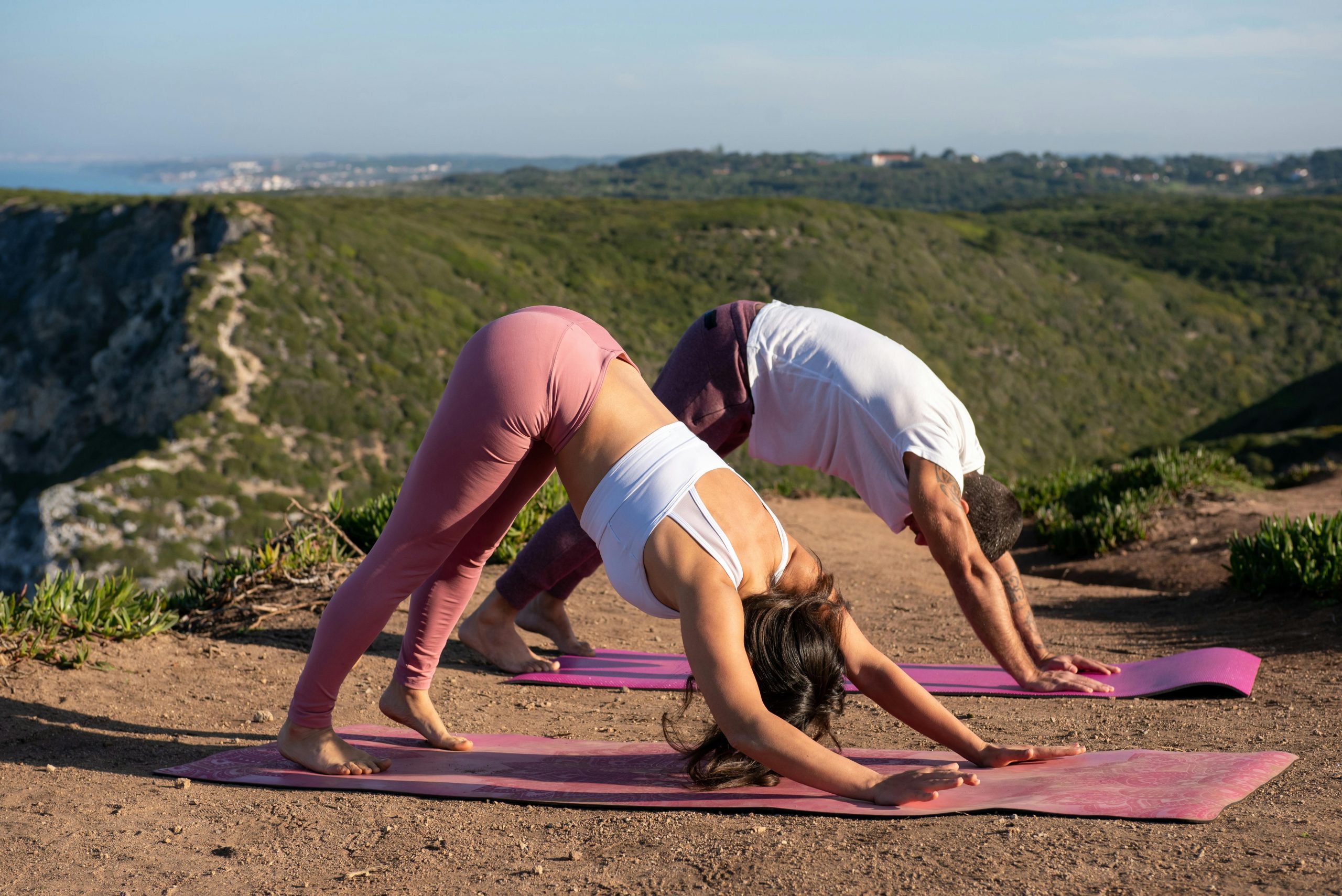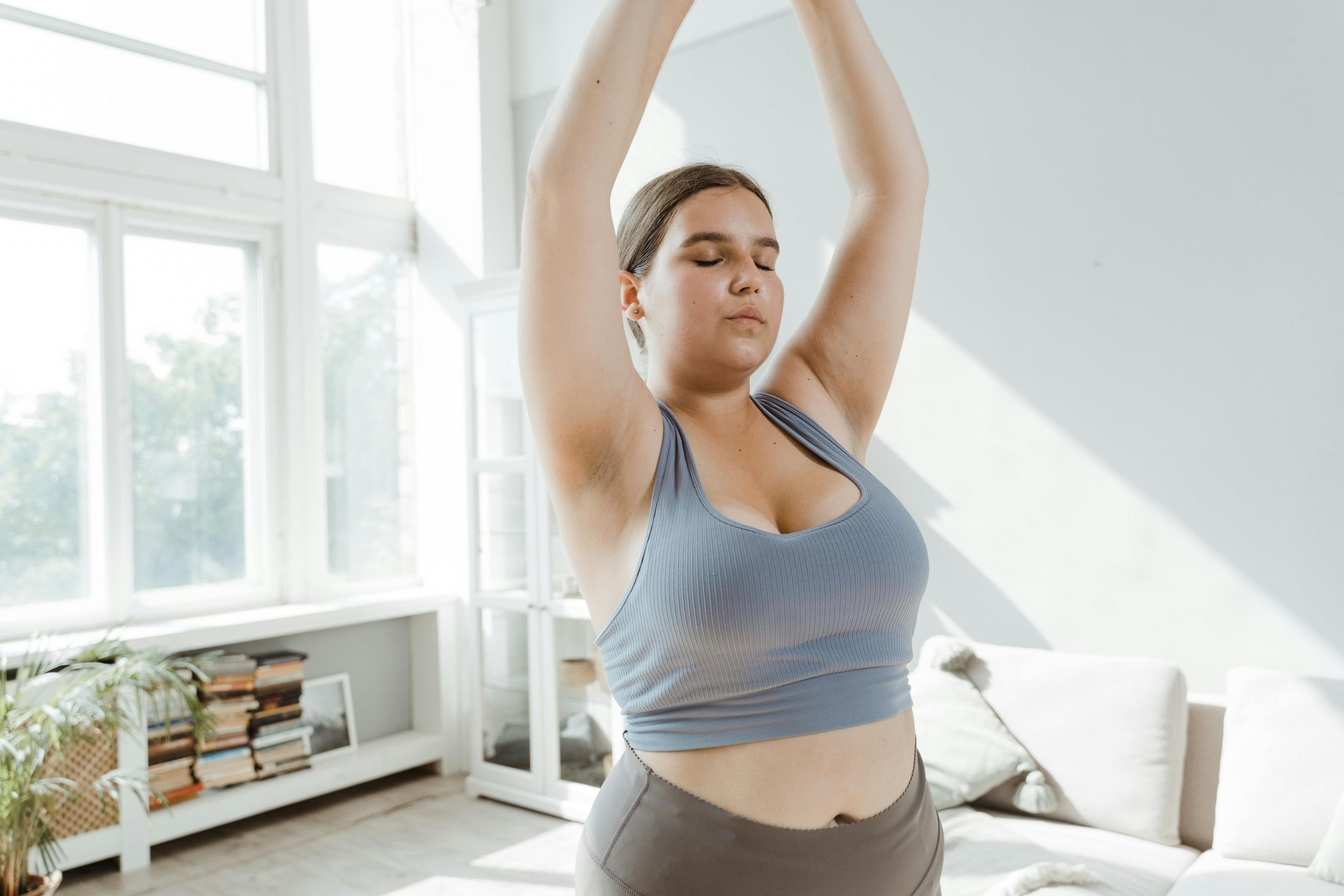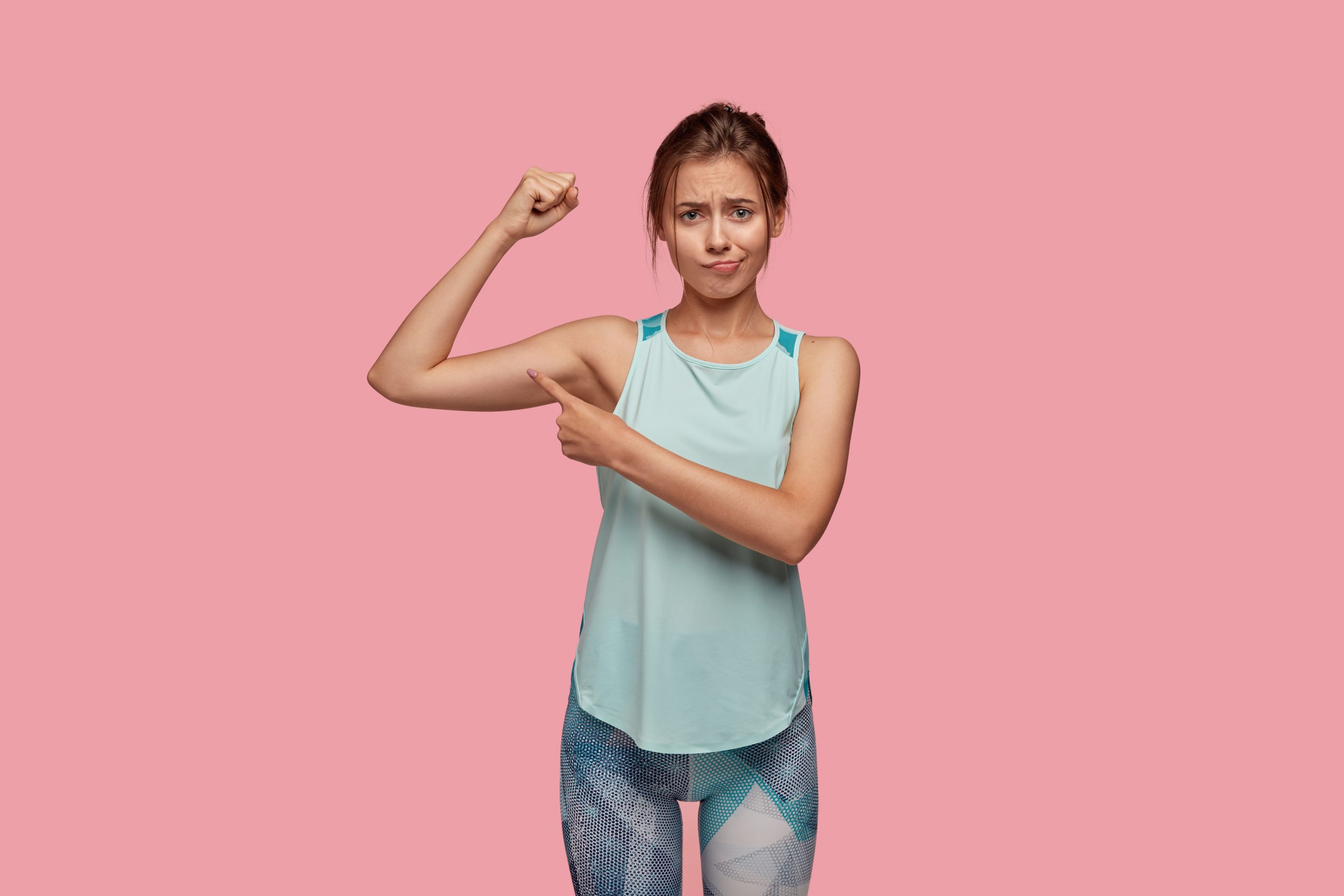If your office job causes you back pain, your problem is probably worse now that you’re working from home. Without an ergonomic desk and chair, you’re stuck in awkward sitting positions all day. Your bed or dining chair may offer some cushioning, but they hardly promote proper posture.
Your lower back, shoulders, and neck are suffering the most strain. As the working hours go by, the tension in them increases, sending you slouching. By the end of the day, the muscles will be knotted and you’d want nothing more than a full-body massage.
And repeating that cycle doesn’t make it any better. Your body still hurts every night, and you might even miss your office because that, at least, has proper furniture for working. But work-from-home isn’t likely to go away soon. With the threat of the Delta variant growing, we’d still be staying home for the rest of the year and possibly beyond that.
Working from Home and Body Pain
If you have a home office with ergonomic furniture and all, you’re lucky. But homes don’t typically have that. The average square footage of a home doesn’t allow space for working. Not many homes are also designed to have an office unless we’re talking about mansions or spacious abodes in more private neighborhoods. No one was anticipating a pandemic when affordable homes are being designed.
This design issue caused many Americans to use their kitchens or bedrooms for working. Countertops or pillows have replaced office desks. While a countertop can function as a suitable surface for a laptop, it does a poor job of promoting a correct posture. Since you’d be sitting on a barstool or dining chair, you can’t enjoy the benefits of an actual ergonomic chair. Your neck and lower back won’t have support. If you’re using a barstool, your legs could be dangling by the stool’s legs.
On the other hand, a bed encourages slouching. Though it’s far more comfortable than a kitchen island or dining table, slouching isn’t a healthy posture for working either. It also creates tension in your neck and shoulders.
If the aches and pains from your unhealthy postures are already affecting your daily life, you might be on your way to a musculoskeletal injury. At best, it’s just tense muscles that will go away with a hot compress. At worst, it could be more serious, like scoliosis.
The causes of scoliosis are often uncertain. It could stem from an underlying condition like muscular dystrophy, birth defects, or previous spinal injuries. Hereditary factors and gender also apply. Females are more likely to have it than males.
Treatment for scoliosis pain depends on the severity of the spine’s curvature, your age, growth (if you’re still growing or not anymore), and the exact type of scoliosis you have. Children who are still growing typically get back braces, while fully-grown adults may require surgery.
How to Reduce Back Pain from Working at Home

Find ways to sit with a correct posture while working. You can buy inexpensive tools that will allow you to use your laptop with a straight neck. If you sit on a stiff chair, give support to your lower back by using lumbar pillows. Put your laptop on a raised surface, like a box, so that you won’t bend your neck.
From time to time, take a break and do some stretches. For your lower back, the Yoga pose called “child’s pose” will help. Sit down on the floor (preferably with a mat) with your knees spread apart and your big toes together behind you. Then hinge at your hips with your arms stretched forward. You’ll feel the muscles on your lower back and shoulders release tension.
The figure-four stretch, a.k.a. piriformis stretch, is also effective. Lie down on your back, bend your knees, then put your right ankle over your left knee. Place your hands behind your left thigh to pull your legs and right ankle toward your chest. Repeat it on your opposite leg. This stretch will relieve the tightness from your lower back and buttocks.
Try to twist your spine in both directions as well. Sit up with your legs straight in front of you, then put one foot outside of your opposite knee. If your right foot is the one at work, look to the left and intensify your twist by pulling at your right knee. Do the same on the other side.
Perform these stretches every day, and your body will feel much more relaxed and lighter at night. But it’s still more important to work with a correct posture. So invest in your musculoskeletal health by buying tools for remote working. Don’t wait for your pains to get more serious before taking action.





